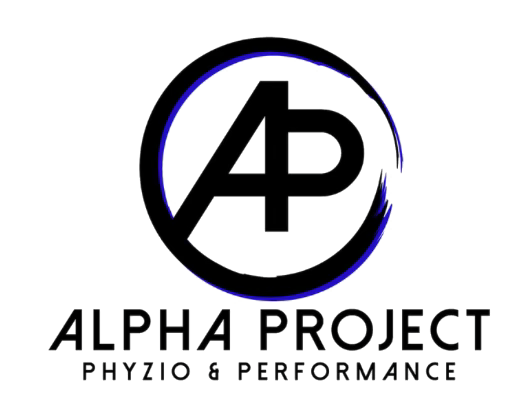Shoulder Impingement/Rotator Cuff Tear
Uh oh. You’ve been diagnosed with shoulder impingement or a Rotator Cuff Tear…now what? Thankfully, physical therapists have a pretty good understanding of what causes shoulder impingement and what a rotator cuff tear is.
Now if you’ve completely torn your rotator cuff, there’s not much we can do from a physical therapy stand point. Surgery might be your best option. However, if it is only a partial tear, the right physical therapy exercises can fix your shoulder pain and get your shoulder back to normal!
What is a shoulder impingement?
Also known as Swimmer’s Shoulder and Shoulder Impingement Syndrome, a shoulder impingement is a catch-all term for any tendon or soft tissue of your shoulder getting impinged.
This might be your biceps, however, is commonly the rotator cuff that gets impinged. That’s great, so now we know what shoulder impingement is, however, WHY is it occurring? Here are some of the most common reasons why you might be experiencing shoulder impingement.
3 Common Causes of Shoulder Impingement
Weak Rotator Cuff
Limited Shoulder Mobility
Limited Shoulder Blade Motion
1. Your rotator cuff is weak.
The rotator cuff is the most important stabilizer for the shoulder joint. The stronger we can make this muscle the more efficient you’ll be able to stabilize your shoulder. We have to make sure we GET HEAVY with training your rotator cuff. Banded shoulder rotations are great, but we need to make sure we can load the shoulder joint with heavy weight. By 6-8 reps you should be completely gassed!
2. Your shoulder lacks mobility.
Tightness in your muscles, your joints, or accumulation of scar tissue can limit your mobility. For instance, if you can’t get 180 degrees of shoulder elevation (arm parallel with your body in the overhead position), then your body will compensate to try and achieve it. You may arch your low back excessively, your shoulder may rotate in (we call this an impingement position). Mobility matters and proper physical therapy exercises can help with shoulder impingement.
3. You have limited shoulder blade motion.
When you move your arm over head you shoulder joint rolls up AND your shoulder blade rolls up. We call this shoulder blade motion upward rotation. If this upward rotation does not occur, our shoulder joint will be put in an impingement position. The shoulder blade and shoulder joint must work together to maintain no impingement in the shoulder. One of the most important muscles we can strengthen to help with upward rotation is the serratus anterior.
Information overload? We hope not! Shoulder pain can be frustrating and limit our ability to do the things we love, but it doesn’t have to be that way. If you’ve been struggling with shoulder pain for the past week, month, year, or years…click below to work with a shoulder movement expert!
Our physical therapists in Gaithersburg specialize in treating overhead athletes such as CrossFitters, Baseball players, etc. If you’re sick and tired of dealing with your shoulder pain and are ready to solve it for good, click below and get started on your road to shoulder pain recovery today.
We also provide physical therapy in Frederick, MD and Columbia.

